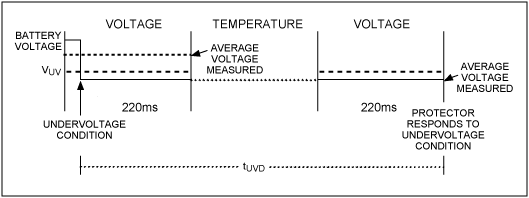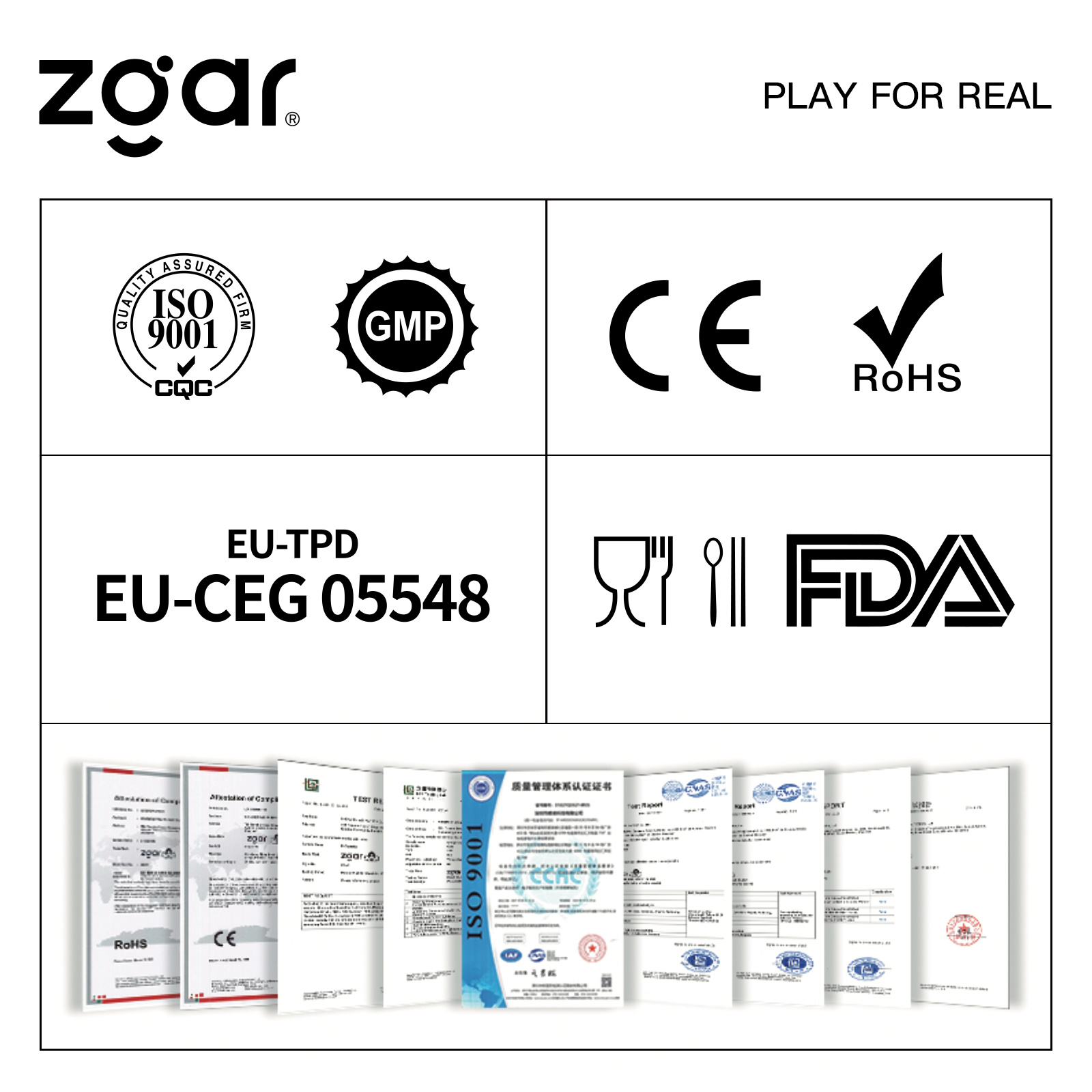Introduction DS2784 has an under-voltage protection circuit to prevent battery over-discharge. When an undervoltage condition is detected, the DS2784 turns off the charge and discharge FET and sets the UV flag of the protection register. This application note explains the ADC function of the DS2784 voltage and temperature measurement and its relationship to the device undervoltage protection delay (tUVD).
Explain that DS2784 uses one ADC to measure temperature and battery voltage. The ADC input is multiplexed between two signals, and it switches between temperature measurement and voltage measurement every 220ms. The ADC sampling rate is 18.6kHz, and 4092 sampled values ​​can be obtained every 220ms; then the average value of these sampled values ​​is reported to the user. Temperature and voltage measurements are updated every 440ms, and are updated at the end of the corresponding measurement cycle. Figure 1 shows the multiplexing sequence of ADC temperature and voltage measurement.

Figure 1. Multiplexed timing diagram of ADC measurements. The ADC switches temperature measurement and voltage measurement every 220ms, and updates the register every 440ms.
For undervoltage conditions, there is no analog voltage comparator or artificial delay circuit associated with it in the chip. The delay function is a characteristic inherent in averaging voltage measurement values. If the value in the voltage register is below VUV at the end of the 220ms period, the protector enters undervoltage (UV) protection mode. Because the voltage value in the voltage register is based on the average value of the ADC sampling value, the user sees that the response time of the undervoltage condition can vary greatly. For example, if the battery voltage is higher than VUV for most of the 220ms sampling window, but drops to much lower than VUV at the end of the 220ms sampling period, resulting in the average value in the sampling window being lower than the undervoltage threshold, then At the end of the sampling window (Figure 2), an undervoltage condition will be reported. However, if the battery voltage is much higher than VUV, but it falls below VUV near the beginning of the 220ms sampling window, the average voltage value of the sampling window is still greater than VUV. In this case, no undervoltage condition will be reported before the end of the next 220ms voltage measurement window (Figure 3).

Figure 2. The case of minimum tUVD. In this example, the battery voltage was higher than the VUV for most of the measurement window, but then dropped below the undervoltage threshold, resulting in an average voltage measured in the 220ms sampling window lower than VUV.

Figure 3. Maximum tUVD. In this example, the battery voltage is much higher than VUV. Even if the voltage drops below the undervoltage threshold, the average voltage in the 220ms sampling window remains greater than VUV. Therefore, undervoltage conditions will not be recorded before the next voltage measurement window.
Summary Because the ADC of the DS2784 reports the average voltage measurement within 220ms every 440ms, the undervoltage protection delay function has been solidified in the circuit design, and no additional internal circuit is required to implement the undervoltage protection delay function.
ZGAR Disposable Vape
ZGAR electronic cigarette uses high-tech R&D, food grade disposable pod device and high-quality raw material. All package designs are Original IP. Our designer team is from Hong Kong. We have very high requirements for product quality, flavors taste and packaging design. The E-liquid is imported, materials are food grade, and assembly plant is medical-grade dust-free workshops.
Our products include disposable e-cigarettes, rechargeable e-cigarettes, rechargreable disposable vape pen, and various of flavors of cigarette cartridges. From 600puffs to 5000puffs, ZGAR bar Disposable offer high-tech R&D, E-cigarette improves battery capacity, We offer various of flavors and support customization. And printing designs can be customized. We have our own professional team and competitive quotations for any OEM or ODM works.
We supply OEM rechargeable disposable vape pen,OEM disposable electronic cigarette,ODM disposable vape pen,ODM disposable electronic cigarette,OEM/ODM vape pen e-cigarette,OEM/ODM atomizer device.


ZGAR Disposable Vape,ZGAR Disposable Vape disposable electronic cigarette,ZGAR Disposable Vape pen atomizer ,ZGAR Disposable Vape E-cig,disposable electronic cigarette
ZGAR INTERNATIONAL(HK)CO., LIMITED , https://www.zgarette.com